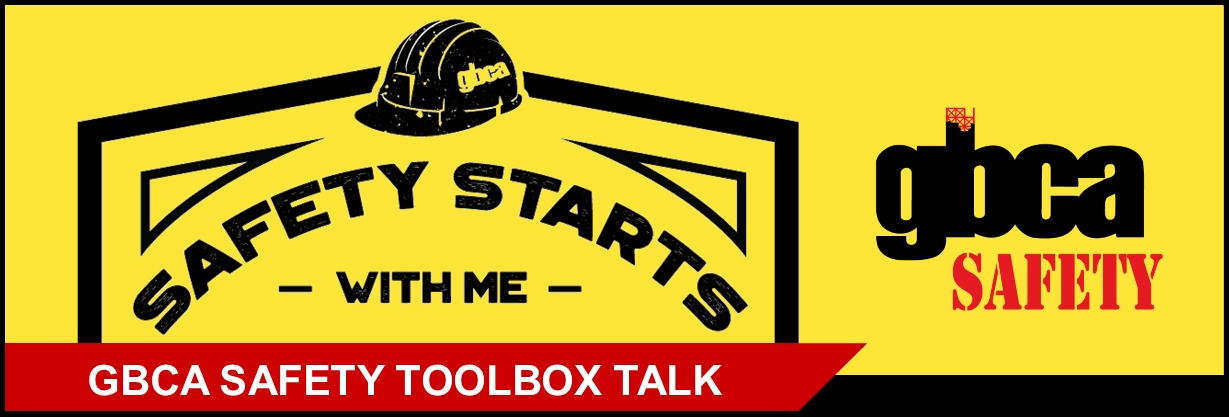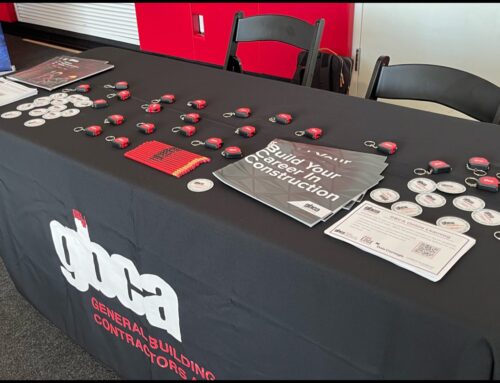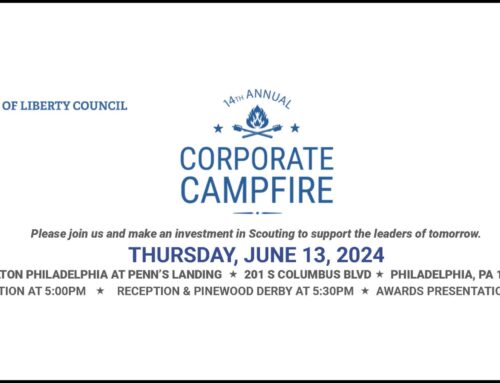This GBCA Safety Toolbox Talk provides tips for driving safely in work zones and construction sites. Click below to download the Toolbox Talk as a handout (includes Sign-In Sheet).
Work Zone / Construction Site Driving
Construction workers are regularly required to drive on jobsites, whether to just park, or to get to and from different areas of the jobsite. Your company may have a specific fleet safety, or driving safety plan, that you must follow. Here are some suggestions to help you avoid driving-related incidents on the jobsite.
GENERAL TIPS
- Follow all posted signs and signals. This includes NO PARKING ANY TIME, and NO VEHICLES ALLOWED.
- ONLY LICENSED DRIVERS MAY DRIVE.
- Stay focused and avoid distractions. Ideally, NO USE OF CELL PHONES WHEN DRIVING (this includes hands-free). Park the vehicle first if you need to be on your phone.
- Be patient and keep calm.
BEFORE YOU DRIVE
- Do a walk around the vehicle before you start to drive to make sure nothing has been put in the way.
- Make sure you do an inspection of the vehicle to make sure it is in working order: windows are clean, backup alarms work, mirrors are not broken, brakes and tires are in good condition.
- Look out for and remove crumpled floor mats, empty bottles, trash, tools and materials, or anything else that could get caught between your feet and the pedals.
- Adjust the seat and mirrors before starting to drive.
WHEN YOU DRIVE
- Always wear your seatbelt.
- Make sure the travel route is free of obstructions.
- Expect the unexpected. You may be driving near other workers, or driving over conditions that are not ideal, and you need to be ready to react appropriately.
- Be aware of places where people may walk in front or behind you: Out of doorways, portable toilets, between 2 trailers, or any other areas.
- If using spotter, keep that person in full view.
- Always drive at a slow speed. This not only provides for better control of the vehicle, but also helps to keep dust down.
- Always be alert for blind spots, poor lighting, and other vehicles.
- Look out for excavations so as not to get to close to the edge.
- When driving at night make sure all lights are on and working.
- When getting in and out of the construction zone, look out for pedestrians and other drivers. They may not be paying attention or slowing down enough to react to your presence.
Remember to record the attendees of your toolbox talk!
Access GBCA’s full library of toolbox talks:





